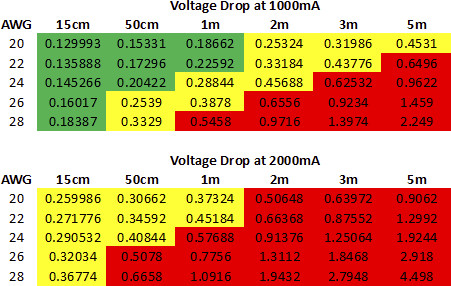The PR doesn't use vanilla rate logging - it's uses it own interval (5 minutes) and burst (3) so is unaffected by the kernel rate logging settings (although it does use the same rate logging code)
It's been merged, I doubt I'll have time to make any more changes., Many more important things to do. We will consider PR's from elsewhere however.

 The errors didn't disapeard. Next I change mircorusb cabel (From huawei P9 lite) and I think that was it.
RPI 3 B+ running until now 12 hours, and errors not appeard in dmesg.
So good cable is very important.
The errors didn't disapeard. Next I change mircorusb cabel (From huawei P9 lite) and I think that was it.
RPI 3 B+ running until now 12 hours, and errors not appeard in dmesg.
So good cable is very important.
After upgrade of kernel to 4.14. dmesg is now spammed by
Under-voltage detected! (0x00050005)messages where no problem was shown previously. I've ran this device non-stop for months, without any problem until after update, so under-voltage level settings or other config must have changed. Spamming dmesg orjournlctl --systembuffer certainly is not helping anyone.Also related to #2367